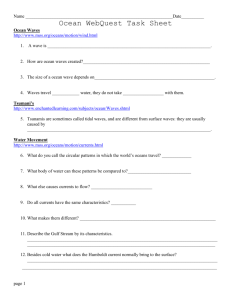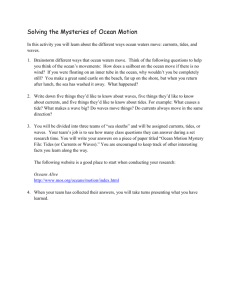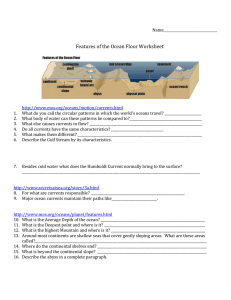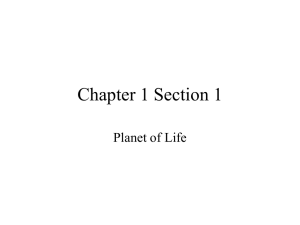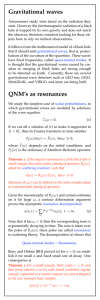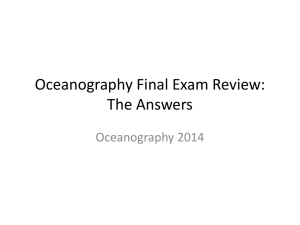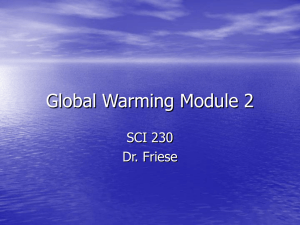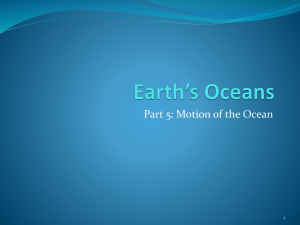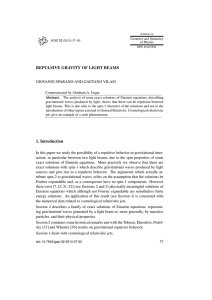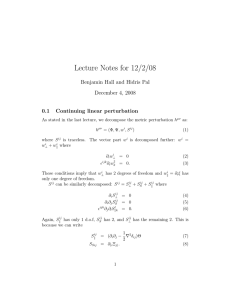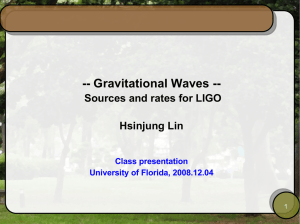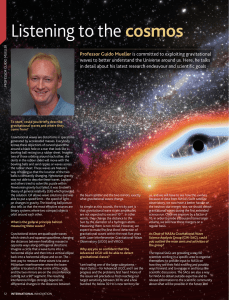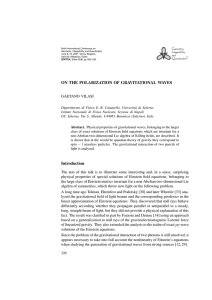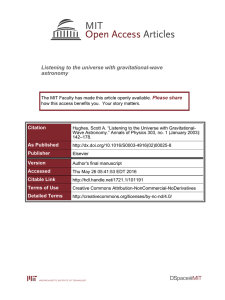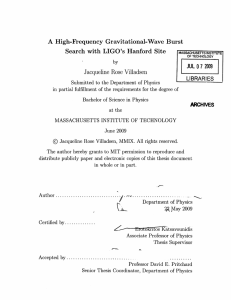ScienceStandardsGRADE8-NR
advertisement
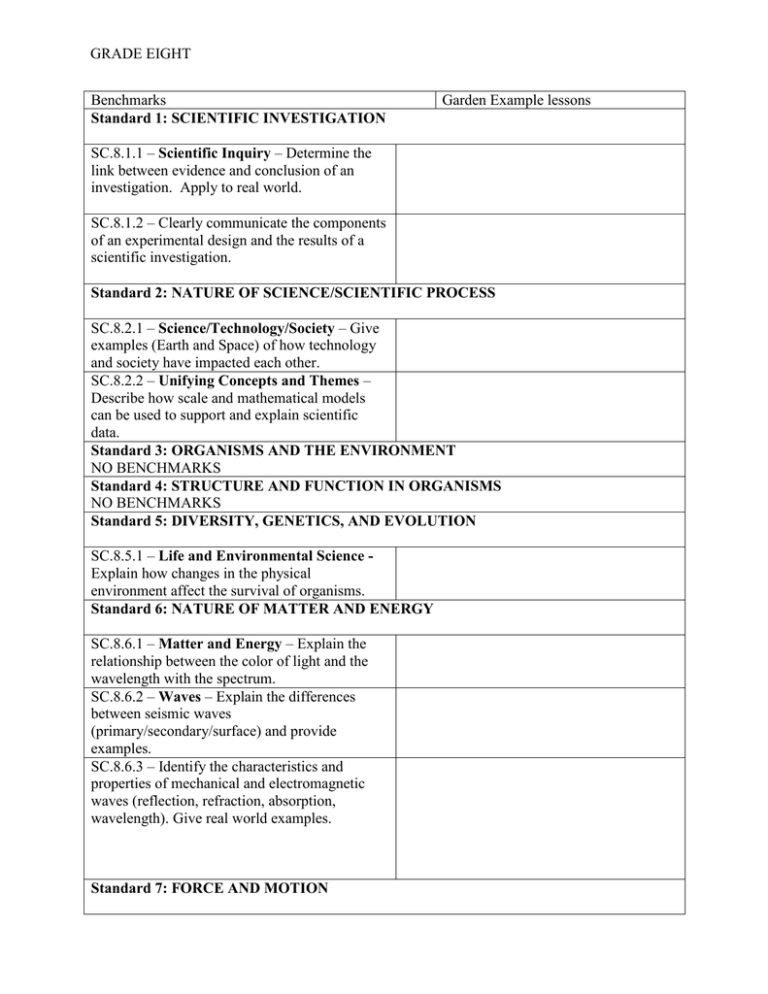
GRADE EIGHT Benchmarks Standard 1: SCIENTIFIC INVESTIGATION Garden Example lessons SC.8.1.1 – Scientific Inquiry – Determine the link between evidence and conclusion of an investigation. Apply to real world. SC.8.1.2 – Clearly communicate the components of an experimental design and the results of a scientific investigation. Standard 2: NATURE OF SCIENCE/SCIENTIFIC PROCESS SC.8.2.1 – Science/Technology/Society – Give examples (Earth and Space) of how technology and society have impacted each other. SC.8.2.2 – Unifying Concepts and Themes – Describe how scale and mathematical models can be used to support and explain scientific data. Standard 3: ORGANISMS AND THE ENVIRONMENT NO BENCHMARKS Standard 4: STRUCTURE AND FUNCTION IN ORGANISMS NO BENCHMARKS Standard 5: DIVERSITY, GENETICS, AND EVOLUTION SC.8.5.1 – Life and Environmental Science Explain how changes in the physical environment affect the survival of organisms. Standard 6: NATURE OF MATTER AND ENERGY SC.8.6.1 – Matter and Energy – Explain the relationship between the color of light and the wavelength with the spectrum. SC.8.6.2 – Waves – Explain the differences between seismic waves (primary/secondary/surface) and provide examples. SC.8.6.3 – Identify the characteristics and properties of mechanical and electromagnetic waves (reflection, refraction, absorption, wavelength). Give real world examples. Standard 7: FORCE AND MOTION GRADE EIGHT SC.8.7.1 – Earth and Space Science – Force and Motion – Explain that all objects have mass and exert a gravitational force on other objects. Proportional relationship. Standard 8: EARTH AND SPACE SCIENCE SC.8.8.1 – Earth Materials – Classify rocks (igneous/metamorphic/sedimentary) and justify placement. SC.8.8.2 – Diagram the rock cycle and include interrelationships between the formation of the three main rock groupings. SC.8.8.3 – Earth in the Solar System - How does the Earth’s motion and tilt affect seasons and weather. SC.8.8.4 – Forces that Shape the Earth – Explain and analyze the importance of the sun and it’s influence on Earth’s climate and weather. SC.8.8.5 – Explain continental drift and plate tectonics and defend a prediction for future drift based on knowledge. SC.8.8.6 – Describe the relationships between density and convection currents and the effect on global wind patterns and major ocean currents. SC.8.8.7 – Describe the ocean’s physical characteristics over time (size, depth, geologic history, ocean floor, currents). SC.8.8.8 – The Universe – Describe the physical properties and chemical composition of objects in the galaxy. SC.8.8.9 – Explain the motions of the Earth and the moon and the moon’s impact on the Earth. SC.8.8.10 – Explain the characteristics and movement patterns of planets in our solar system. SC.8.8.11 – Describe the major components of the universe and their classifications by shape, their movements, and their characteristics. SC.8.8.12 – Describe how gravitational forces keep the Earth, other planets, and moons in orbit. How do gravitational forces determine shape of motion in planetary systems?
